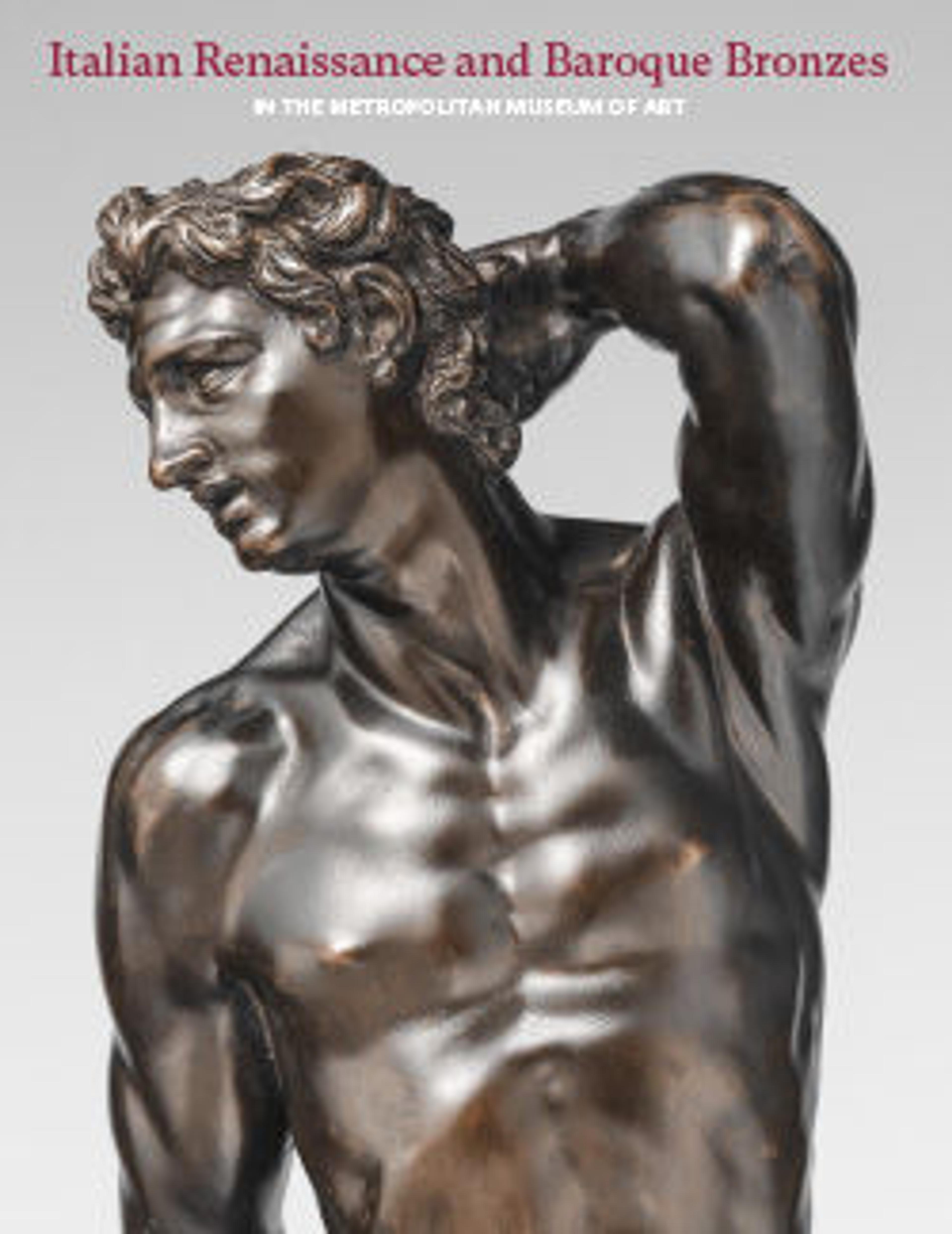Cleopatra
The suicide of Cleopatra by pressing a poisonous asp to her breast is one of the great melodramatic moments in Western art. In the nineteenth century, this composition was probably seen as Greco-Roman. Baron Larrey presumably acquired the first bronze as a reminder of his heroic service as a physician in Napoleon Bonaparte’s Egyptian campaign (1798–1801).
Richard Stone’s radiographs show these two statuettes to have been similarly cast, with Severo’s telltale rectangular plugs in the smalls of their backs.[1] The second (B) better preserves his intentions, however, with a more detailed head and scaly skin for the serpent. On the other hand, the diadem of the first (A) is slightly more elegant. The only real differences are in their subsequent treatment: the first was stripped and given a coat of mock verdigris, which survives on much of its surface, while the second was almost entirely stripped of its dark, painted patination, then covered with wax.
Patrick De Winter saw unfathomable resemblances to a Venus in the Walters Art Museum, Baltimore, sometimes ascribed to Antico.[2] He also sensed a strong relationship to Severo’s Queen Tomyris in the Frick, which indeed has similarly sloping shoulders and a knock-kneed stance but is far more vibrant and engagingly theatrical.[3] It is as yet unclear when Severo developed this un-anatomical female physiognomy, which sometimes works but more often fails.
-JDD
Footnotes
(For key to shortened references see bibliography in Allen, Italian Renaissance and Baroque Bronzes in The Metropolitan Museum of Art. NY: The Metropolitan Museum of Art, 2022.)
1. Stone 2006, p. 813.
2. Accepted as Antico in Luciano 2011, pls. 55A–B.
3. Introduced by Pope-Hennessy 1970, pp. 146–50. For it, see especially Stone 2006, p, 811, fig. 1.
Richard Stone’s radiographs show these two statuettes to have been similarly cast, with Severo’s telltale rectangular plugs in the smalls of their backs.[1] The second (B) better preserves his intentions, however, with a more detailed head and scaly skin for the serpent. On the other hand, the diadem of the first (A) is slightly more elegant. The only real differences are in their subsequent treatment: the first was stripped and given a coat of mock verdigris, which survives on much of its surface, while the second was almost entirely stripped of its dark, painted patination, then covered with wax.
Patrick De Winter saw unfathomable resemblances to a Venus in the Walters Art Museum, Baltimore, sometimes ascribed to Antico.[2] He also sensed a strong relationship to Severo’s Queen Tomyris in the Frick, which indeed has similarly sloping shoulders and a knock-kneed stance but is far more vibrant and engagingly theatrical.[3] It is as yet unclear when Severo developed this un-anatomical female physiognomy, which sometimes works but more often fails.
-JDD
Footnotes
(For key to shortened references see bibliography in Allen, Italian Renaissance and Baroque Bronzes in The Metropolitan Museum of Art. NY: The Metropolitan Museum of Art, 2022.)
1. Stone 2006, p. 813.
2. Accepted as Antico in Luciano 2011, pls. 55A–B.
3. Introduced by Pope-Hennessy 1970, pp. 146–50. For it, see especially Stone 2006, p, 811, fig. 1.
Artwork Details
- Title:Cleopatra
- Artist:Workshop of Severo Calzetta da Ravenna (Italian, active by 1496, died before 1543)
- Date:mid-16th century
- Culture:Italian, probably Ravenna
- Medium:Bronze
- Dimensions:Height: 10 5/8 in. (27 cm)
- Classification:Sculpture-Bronze
- Credit Line:Gift of George Blumenthal, 1910
- Object Number:10.9.2
- Curatorial Department: European Sculpture and Decorative Arts
More Artwork
Research Resources
The Met provides unparalleled resources for research and welcomes an international community of students and scholars. The Met's Open Access API is where creators and researchers can connect to the The Met collection. Open Access data and public domain images are available for unrestricted commercial and noncommercial use without permission or fee.
To request images under copyright and other restrictions, please use this Image Request form.
Feedback
We continue to research and examine historical and cultural context for objects in The Met collection. If you have comments or questions about this object record, please contact us using the form below. The Museum looks forward to receiving your comments.
